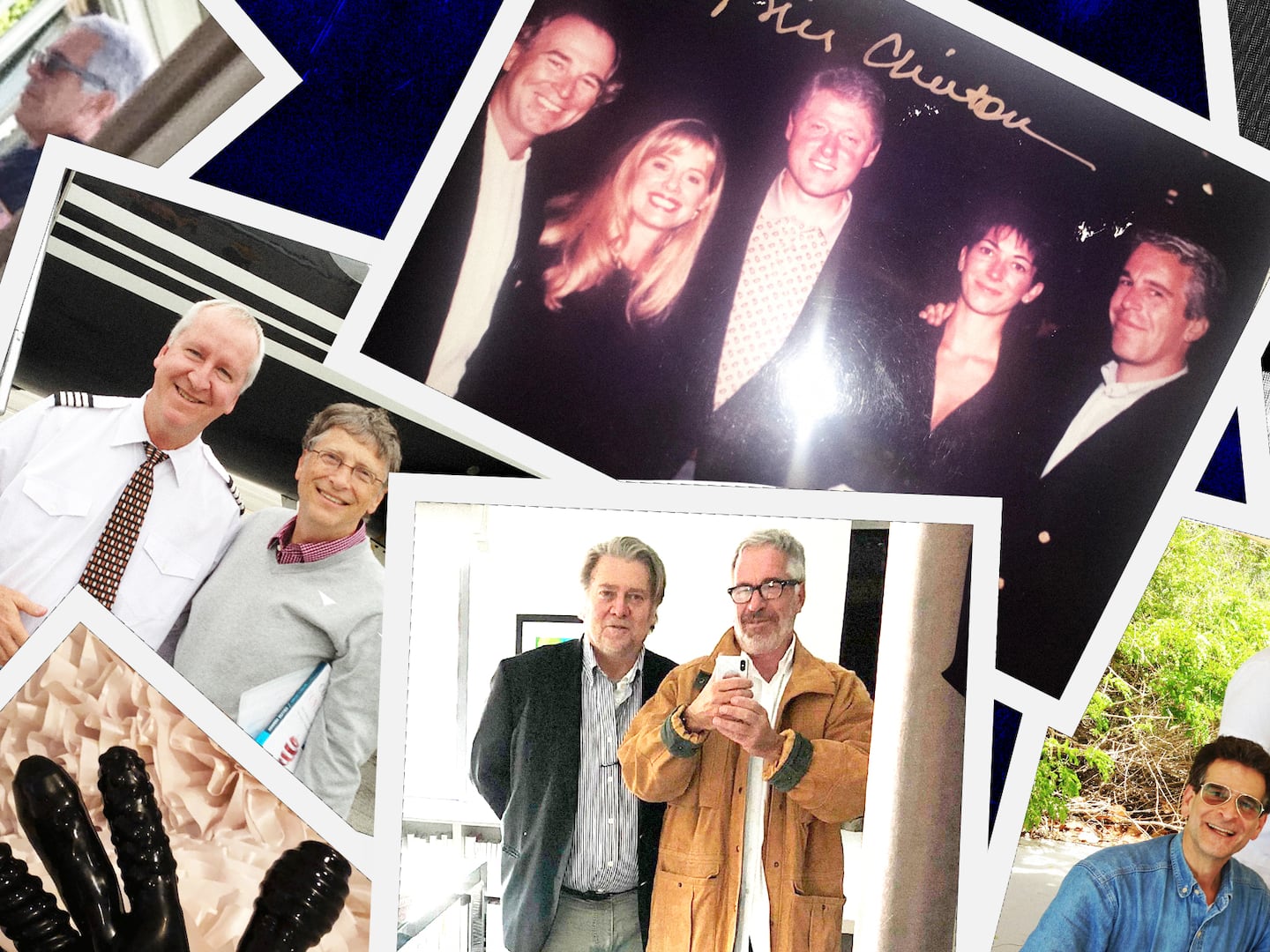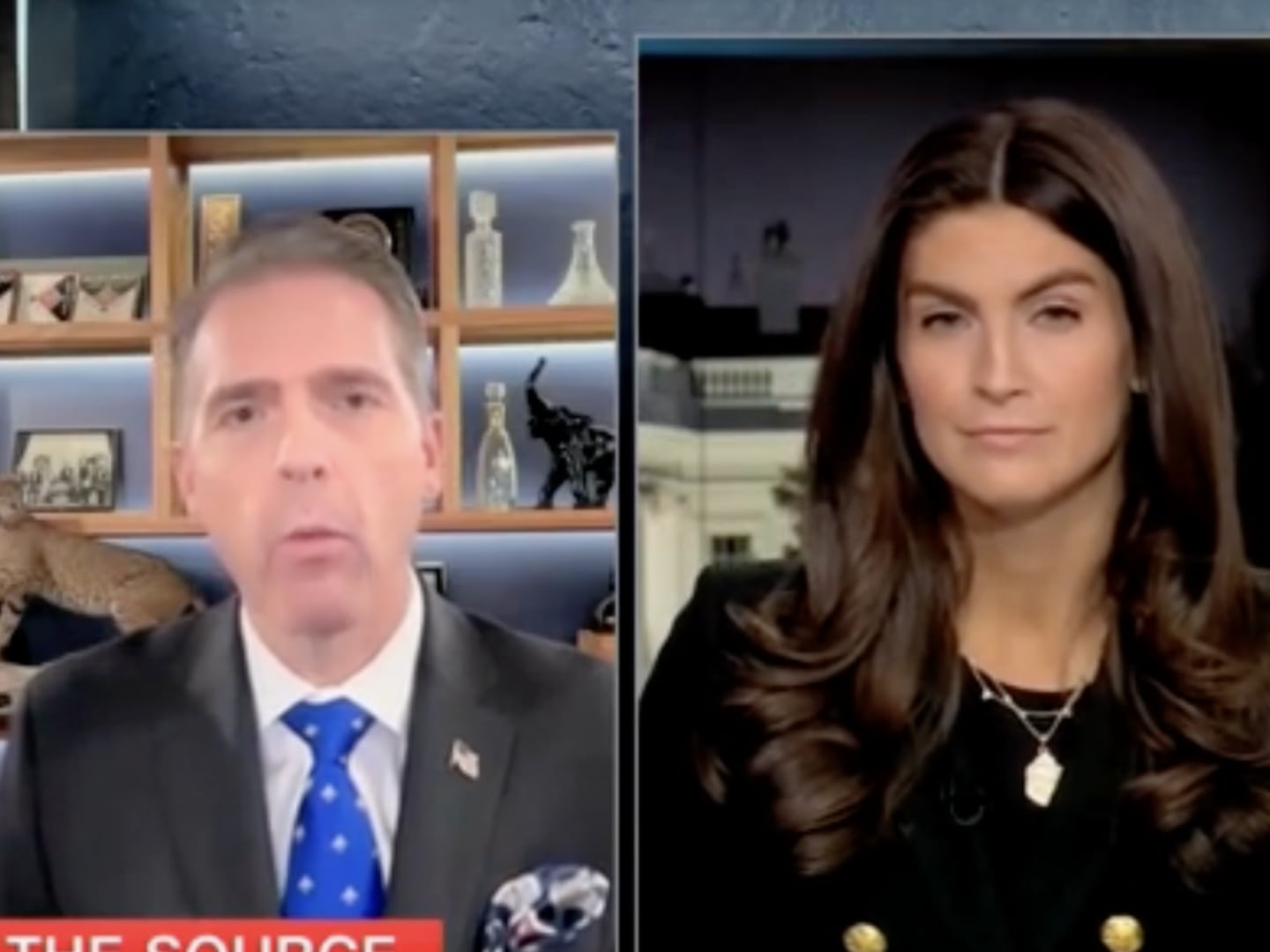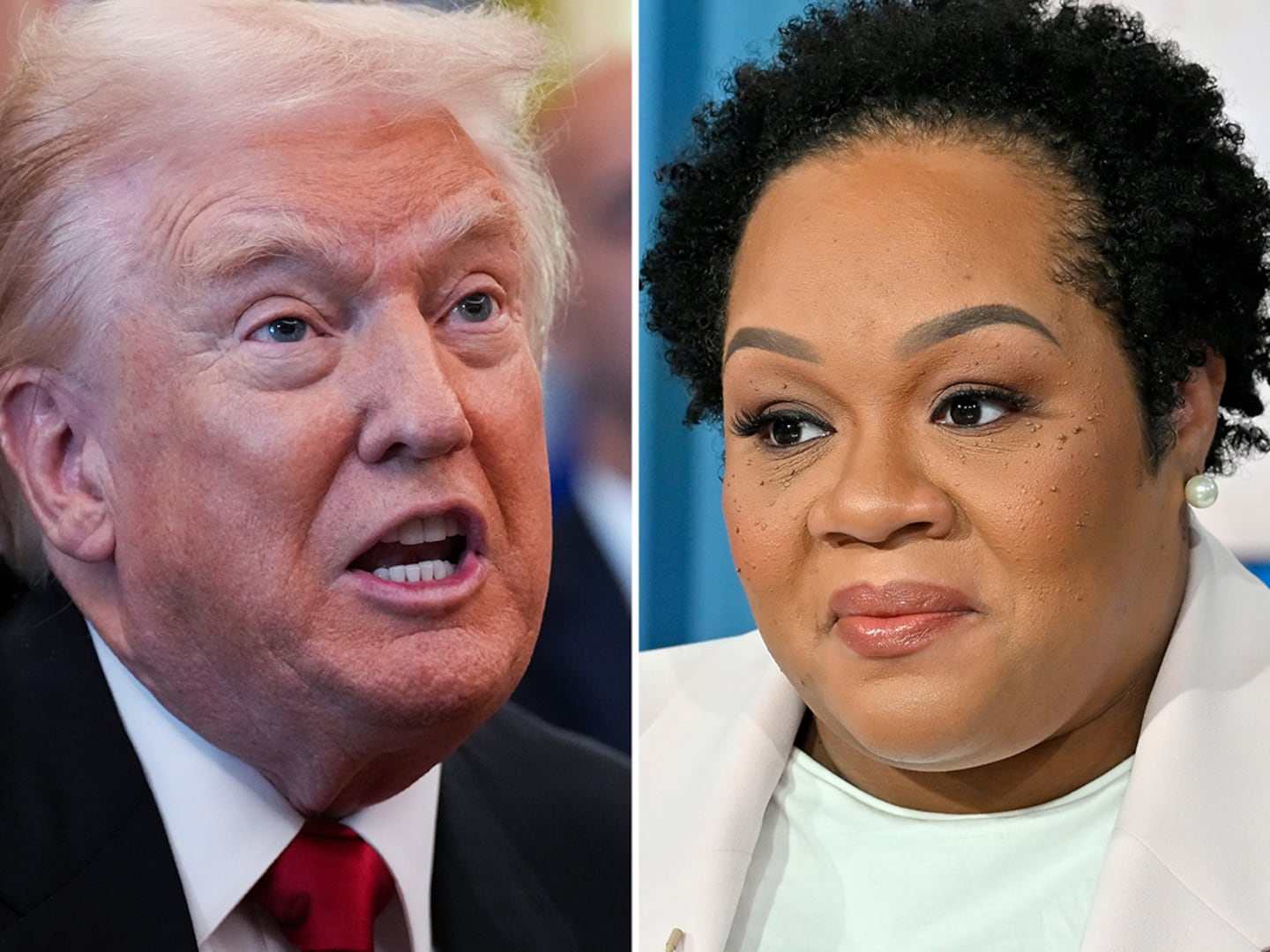
I’m just back from the classic end-of-summer, two-kids-in-tow, pilgrimage to Disneyland. It was a great time as well as a powerful reminder of that great exemplar of innovation, Walt Disney. And it made me think about how important the Walt Disney Company could be to the future of American innovation, as we strive to address our many economic challenges.
Walt Disney is well known as an American original, a card-carrying visionary and serial pioneer who spawned not only Mickey Mouse and sound animation, but business model innovation as well.
Perhaps his crowning achievement was the modern theme park, for which Disneyland sets the standard; often imitated, never equaled. Today’s Disneyland is business model poetry in motion. It defines the importance of critical mass in linking hotels, logistics, attractions for all ages, retail, services and the online environment into a single unified customer experience. It sets the bar in terms of applying Hollywood production value to the engineering of user experience. Its attention to service delivery (staff as ‘cast’) is well known. And with its assertive pricing, today’s Disneyland is a machine for generating not only happiness, but money.
If the American dream became the global dream following World War II, then Disneyland served as an icon of innovation as the world donned mouse ears from Lantau Island to Paris.
But sad to say, Disneyland with all its current success is, in my view, milking the innovation cow. It thus offers a telling lesson for anyone interested in kick-starting the economy.
For example, Walt Disney’s original vision for the theme parks included Epcot, the experimental prototype community of tomorrow. Disney’s vision for Epcot was a futuristic, planned city that would showcase American industry and research, schools and culture. In developing these ideas, Disney focused on identifying scientific advances in many fields and was described as consumed with curiosity about how industry was looking at the future. He contacted hundreds of companies, visiting many research centers, think tanks and foundations in the process. At the time of his death, Disney was even considering a second prototype city that would be an experimental laboratory for managing cities. Clearly he was a man ahead of his time.
We are in a historical period very different from the optimistic 1950’s, yet we need the bold thinking of a Walt Disney more than ever.
Contrast this with today’s Innoventions attraction at Disneyland, which may be compelling product placement for companies like Honda and Microsoft, but does not speak to the unifying power behind Disney’s original vision of illuminating the future.
Disney made the connection between progress and education, and his passion for learning was also well known. As one example, in the late 1950s following Sputnik, Disney aired a television series called Men in Space that attracted a total of some 42 million viewers, unprecedented audience numbers for the time. Significantly, if you scratch the surface of engineers, physicists and computer scientists of retirement age today, you are very likely to find a vintage 1950s kid who watched Men in Space and resolved to be a player in the innovation economy of that time.
We are in a historical period very different from the optimistic 1950s, yet we need the bold thinking of a Walt Disney more than ever. Where are the new jobs going to come from? Well, they have to be invented. To do that, we need to think bigger and smarter and better than we have. Where are the new sources of opportunity and economic growth going to come from? Well, we will need to look searchingly toward the future, to what could be, but is not. How are we going to assure a high quality of life for ourselves—in such terms as health, liveability, security and happiness? Well again, Walt’s dream of an urban laboratory to design the good society of tomorrow can help us see what is possible. We need to blend inspiration and discipline, optimism and pragmatism, just as Walt did a half century ago. We need to think big and long-term, just like Walt.
So here in a nutshell is the challenge for Bob Iger, CEO of The Walt Disney Company. His is a classic innovation dilemma, in fact. How do you keep what is necessary in terms of current business model success, but invest wisely in creating the future? And how can you best discharge societal responsibilities, specifically to an America whose current woes in such terms as public education quality, high school and college drop-out rates and declining performance in science and math are well known. Disney is one of the world’s biggest owners of young eyeballs, with huge assets in children’s publishing, online gaming, television, and live experiences. How could one use this incredible franchise—without sacrificing commercial interest—to address some of the challenges that America faces regarding innovation and education of the young? How could one take the skills of Imagineering and apply them to the challenges of social innovation? How can we keep the spirit of innovation alive and well in our country?
Walt Disney cared deeply about the quality of our shared future and how it would come from understanding the secret sauce of innovation. In his words, “There’s really no secret about our approach. We keep moving forward—opening new doors and doing new things—because we’re curious. And curiosity keeps leading us down new paths. We’re always exploring and experimenting…we call it Imagineering—the blending of creative imagination and technical know-how.”
So, Bob. Regarding The Walt Disney Company’s strategy, what would Walt say?
Dubbed "Mr. Creativity" by The Economist, John Kao is a contributing editor at The Daily Beast and an adviser to both public and private sector leaders. He is chairman of the Institute for Large Scale Innovation, whose i20 group is an association of national innovation "czars." He wrote Jamming: The Art and Discipline of Business Creativity, a BusinessWeek bestseller, and Innovation Nation. He is also a Tony-nominated producer of film and stage.






